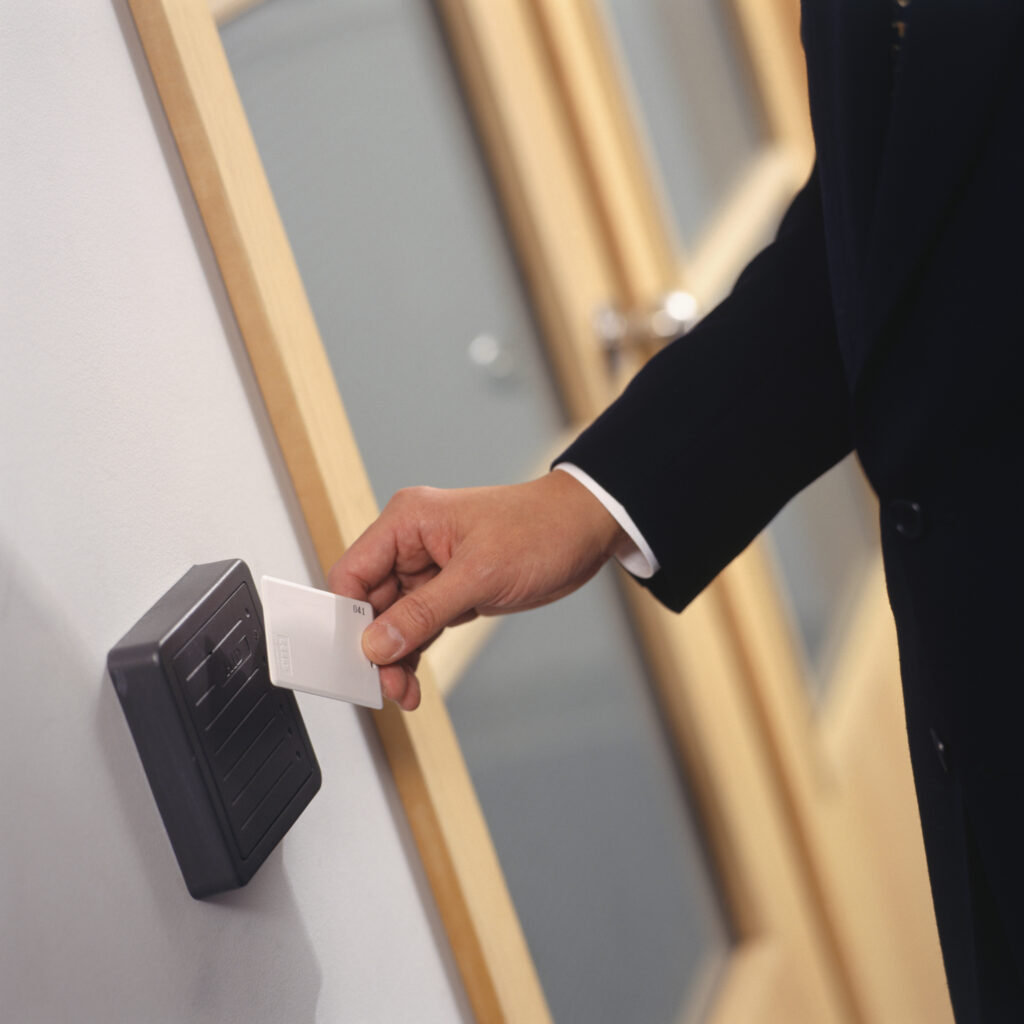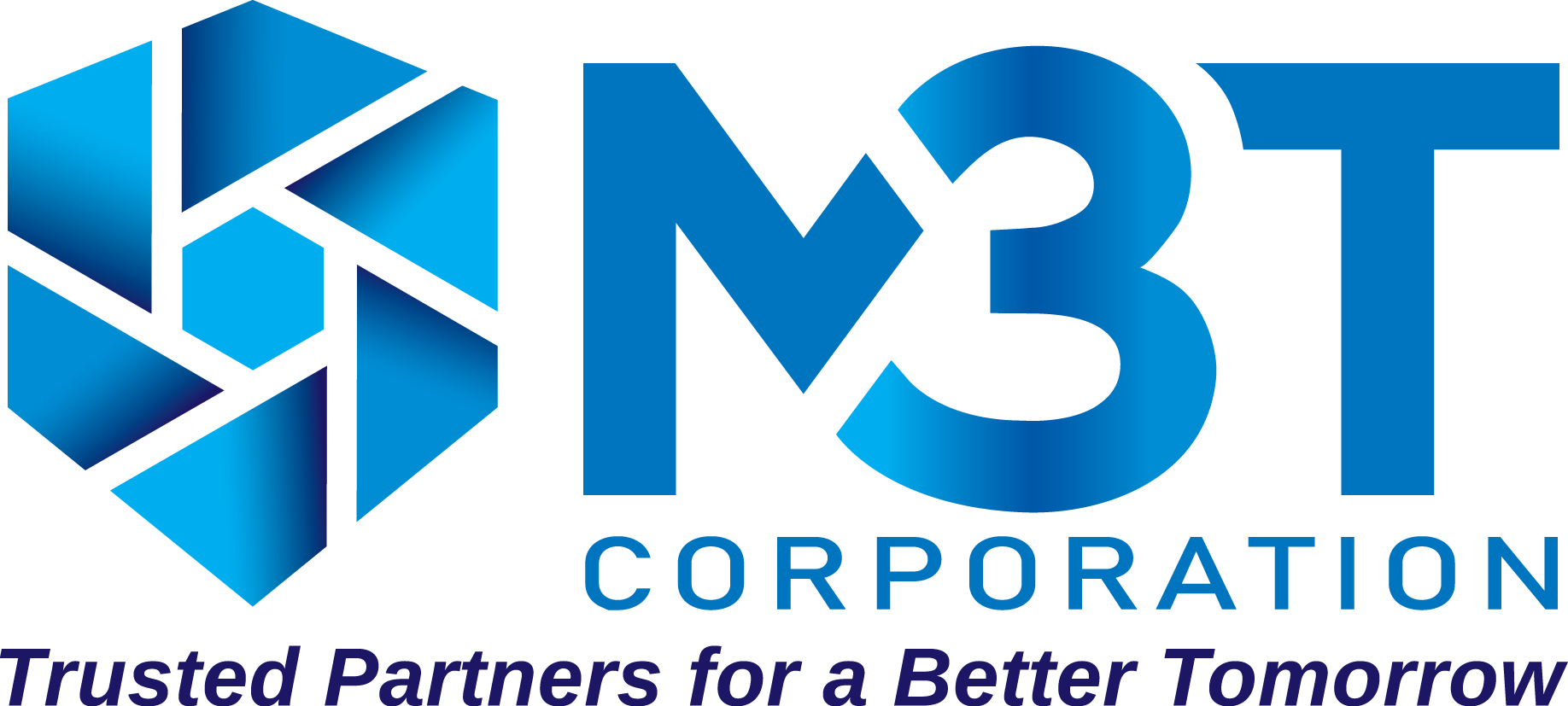Wiegand Wired & Wireless Technology
Wiegand technology in access control systems refers to the technology used in card readers and sensors.
This system is typically a wired communication interface that operates between a reader and a reader controller board. Wiegand technology is found in cards, fingerprint readers, or any other data-capturing devices.
The wire communication aspect of these devices comes from a set of embedded wires in a Wiegand card.
Wiegand devices are cards and any kind of data reader that operates on a special wire communication system.
These cards need to be used with a Wiegand reader in order to work.

A complete Wiegand system includes the device that holds the data, as well as the reader. The specialized wired format of communication between the reader and access control technology is key here.
A Weigand Device
26-36 bit is the industry-standard format of open encoding when it comes to access control systems.
The data encoded using this kind of format offers a huge amount of possible facility codes and unique card numbers. This helps to keep your data more secure in the Wiegand system.
HID Prox Card
“HID Prox” refers to a type of card that is commonly used in access control situations.
HID prox cards, or simply HID cards, are used in conjunction with readers. These cards need to be placed within close proximity of the readers to pick up the data and allow for access.
The cards use RFID embedded technology to make them easy and convenient to use with readers. HID cards use radio frequencies or special microprocessors to work with the reader.
The Wiegand Effect
The Wiegand effect refers to the behavior of magnetic fields that comes from the specially designed wiring.
This effect occurs when a Wiegand device is placed in contact with a Wiegand reader. It produces a nonlinear magnetic effect generated in this specially annealed wire.
When you use an ID card or access control device to open a security door, for example, the Wiegand effect is taking place. It is this magnetic effect between the wiring and reader that makes your device work.
The kind of wire used in a Weigand system is important. The wire is a low-carbon Vic alloy. It is a ferromagnetic alloy of cobalt, iron, and vanadium.
With improvements in technology, there are multiple ways to transmit the Wiegand protocol.
There are many wireless locks on the market that transmit information to a hub or gateway that then connects hard wired back to the reader control board.
Some converters can be used to transmit the Wiegand information over long distances using copper or fiber transmissions as well as wireless devices that can shoot the signal over a frequency to a receiver if getting wiring in place is difficult or impossible.
New technologies are arising which are more secure than Weigand, but there are still many options for this widely used format.

Matt Seymore
Accounts & Technology Manager
